Home>Gardening & Outdoor>Landscaping Ideas>How To Tell If Grass Is Dead Or Dormant
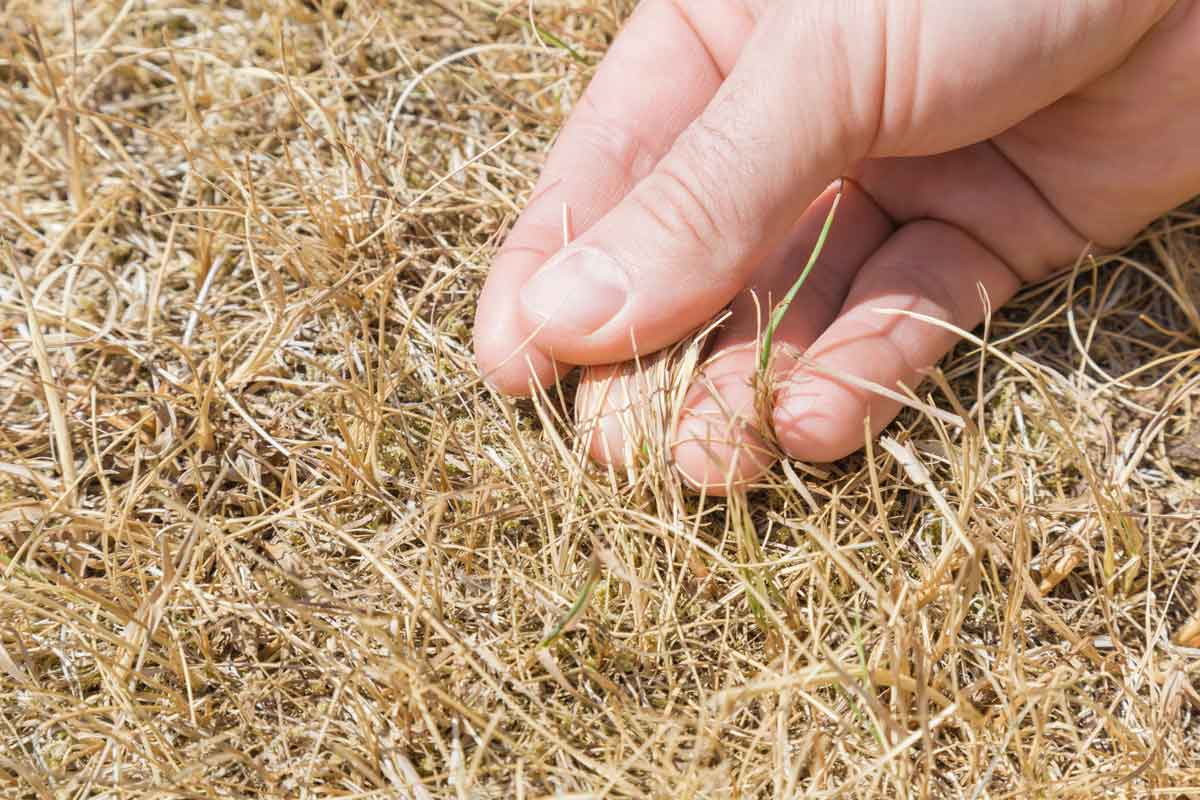

Landscaping Ideas
How To Tell If Grass Is Dead Or Dormant
Modified: August 16, 2024
Learn how to distinguish between dead and dormant grass with these landscaping ideas. Keep your lawn looking its best with our expert tips.
(Many of the links in this article redirect to a specific reviewed product. Your purchase of these products through affiliate links helps to generate commission for Storables.com, at no extra cost. Learn more)
Introduction
When it comes to maintaining a lush, vibrant lawn, distinguishing between dead and dormant grass is crucial for effective lawn care. Understanding the differences between the two states of grass is essential for implementing the appropriate measures to promote a healthy lawn. As a homeowner or landscaping enthusiast, being able to identify the signs of dead grass versus dormant grass can save both time and resources. In this comprehensive guide, we will explore the distinct characteristics of dead and dormant grass, empowering you to make informed decisions about the care and maintenance of your lawn. Whether you're a seasoned gardener or just starting your landscaping journey, this article will provide valuable insights into recognizing the status of your grass and taking the necessary steps to ensure its vitality. Let's delve into the fascinating world of lawn care and uncover the secrets behind reviving dormant grass and rejuvenating your outdoor space.
Key Takeaways:
- Dead grass is brown, brittle, and lacks root growth. It needs to be removed and replaced, while dormant grass can be revived with proper care and attention.
- Reviving dormant grass involves watering, aeration, overseeding, fertilization, and attentive lawn care. Understanding the signs of dead and dormant grass empowers you to nurture a thriving lawn.
Read more: How To Tell If Grass Seed Is Dead
Understanding the Difference Between Dead and Dormant Grass
Before diving into the signs and remedies for dead or dormant grass, it’s essential to understand the fundamental disparities between the two states. Dead grass refers to turf that has permanently ceased to grow and cannot be resuscitated. This typically occurs due to factors such as disease, severe drought, overexposure to harsh weather conditions, or improper maintenance. On the other hand, dormant grass is a natural survival mechanism employed by many grass species in response to adverse environmental conditions. When grass becomes dormant, it enters a state of minimal growth to conserve energy and moisture, allowing it to withstand harsh conditions such as extreme heat or cold.
Recognizing the disparities between dead and dormant grass is pivotal for effective lawn management. While dead grass necessitates removal and replacement, dormant grass can often be revived with proper care and attention. By familiarizing yourself with the unique characteristics of each state, you can take proactive measures to restore the health and vibrancy of your lawn.
Signs of Dead Grass
Identifying dead grass involves observing various visual cues and conducting simple tests to determine the state of the turf. One of the most apparent signs of dead grass is its overall color and texture. Dead grass often appears brown or yellow, lacking the lush green hue associated with healthy turf. Additionally, dead grass may feel brittle and easily break when touched, indicating a lack of moisture and vitality.
Another indicator of dead grass is the presence of extensive thatch, which is a layer of organic debris that accumulates between the soil and the living grass. When thatch becomes excessively thick and compacted, it can impede water and nutrient absorption, contributing to the demise of the grass. Moreover, dead grass may exhibit a lack of root growth, as healthy turf typically possesses a robust and extensive root system that anchors it to the soil.
Performing a simple tug test can also reveal the condition of the grass. When attempting to pull up a section of the turf, dead grass will easily dislodge from the soil, indicating a weakened or nonexistent root structure. Furthermore, inspecting the crowns of the grass plants can provide valuable insights. If the crowns appear brown and shriveled, it is a strong indication that the grass is beyond resuscitation.
It’s important to note that the presence of pests or diseases can also contribute to the demise of grass. If you notice signs of insect infestation or widespread disease, coupled with the aforementioned indicators of dead grass, it is likely that the turf has reached a state of irreparable decline.
To tell if grass is dead or dormant, gently tug on the blades. If they come out easily, the grass is likely dead. If the roots are still intact, the grass is probably just dormant and will revive with proper care.
Signs of Dormant Grass
Distinguishing between dormant and dead grass requires a keen eye and an understanding of the unique characteristics exhibited by grass in a dormant state. One of the primary signs of dormant grass is its color. When grass enters dormancy, it typically adopts a straw-like hue, appearing tan or light brown rather than the vibrant green associated with active growth. This change in color is a protective response to conserve energy and moisture during challenging environmental conditions.
Furthermore, dormant grass displays a remarkable resilience to foot traffic. Unlike dead grass, which may easily dislodge from the soil, dormant grass retains its grip and elasticity, showcasing its potential for revival once conditions become more favorable. Additionally, observing the overall growth pattern of the grass can provide valuable insights. Dormant grass tends to exhibit minimal vertical growth, with the blades remaining relatively unchanged in height. This stunted growth is a survival strategy employed by the grass to conserve resources until more conducive conditions prevail.
Another key indicator of dormant grass is its response to watering. When watered, dormant grass will temporarily exhibit a slight green tinge, signaling its ability to absorb and utilize moisture. This temporary revival under irrigation is a positive sign that the grass is in a state of dormancy rather than irreversible decline. Additionally, dormant grass may display a slight flexibility in the blades, indicating that the plant is conserving resources and biding its time until conditions become more favorable for active growth.
It’s important to note that dormant grass often bounces back to its lush, green state when environmental conditions improve, further distinguishing it from dead grass. By carefully assessing these signs and understanding the resilience of grass in a dormant state, you can take proactive steps to support its recovery and promote a thriving lawn.
How to Revive Dormant Grass
Reviving dormant grass requires a strategic approach aimed at providing the necessary care and conditions for the turf to transition back to active growth. One of the most effective methods to revive dormant grass is through proper watering. Gradually increasing the frequency and duration of watering sessions can help rehydrate the soil and provide the moisture essential for stimulating grass growth. It’s important to water deeply, ensuring that the moisture penetrates the root zone to encourage the awakening of dormant grass.
Aeration is another crucial step in reviving dormant grass. By perforating the soil with aeration tools, you can alleviate compaction and enhance the circulation of air, water, and nutrients to the grassroots. This process creates an optimal environment for dormant grass to reawaken and resume active growth. Additionally, overseeding the lawn with suitable grass varieties can complement the revival efforts, filling in any sparse or bare patches and promoting a denser, healthier turf.
Applying a high-quality, slow-release fertilizer can provide the essential nutrients needed to support the recovery of dormant grass. Selecting a fertilizer with a balanced formulation of nitrogen, phosphorus, and potassium can bolster the grass’s resilience and facilitate robust growth once it emerges from dormancy. It’s crucial to follow the recommended application rates and timings to avoid overstimulating the grass or causing nutrient imbalances.
Maintaining a suitable mowing regimen is also integral to the revival of dormant grass. Gradually reducing the mowing height and ensuring the blades are sharp can prevent stress on the grass and promote an even, healthy growth pattern. By refraining from excessive mowing during the revival process, you allow the grass to allocate its resources towards rejuvenation and reestablishment.
Lastly, monitoring and adjusting cultural practices such as irrigation, fertilization, and mowing based on the grass’s response is essential for successful revival. By attentively observing the signs of recovery and adapting your lawn care routine accordingly, you can provide the optimal conditions for dormant grass to flourish once again, transforming your lawn into a verdant oasis.
Read more: How To Get Dormant Grass To Grow
Conclusion
Understanding the nuances of dead and dormant grass is a valuable asset for any lawn care enthusiast or homeowner seeking to maintain a vibrant, healthy lawn. By familiarizing yourself with the distinct signs of dead and dormant grass, you can make informed decisions about the necessary steps to promote the vitality of your turf. Whether it’s implementing strategies to revive dormant grass or undertaking measures to address dead grass, this knowledge empowers you to take proactive and effective action.
Recognizing the signs of dead grass, such as discoloration, brittleness, and lack of root growth, allows you to promptly address irreversibly damaged turf and initiate the process of rejuvenation. On the other hand, identifying the signs of dormant grass, including straw-like coloration, resilience to foot traffic, and responsiveness to watering, enables you to provide the targeted care needed to support the grass’s revival.
Reviving dormant grass involves a holistic approach encompassing proper watering, aeration, overseeding, fertilization, and meticulous lawn care practices. By diligently implementing these strategies and adapting them based on the grass’s response, you can facilitate the transition of dormant grass back to its lush, active state, fostering a thriving and resilient lawn.
In conclusion, the ability to discern between dead and dormant grass equips you with the knowledge to nurture and rejuvenate your lawn, transforming it into a verdant haven that enhances the beauty of your outdoor space. By leveraging this understanding and implementing targeted care and maintenance practices, you can cultivate a lush, vibrant lawn that serves as a testament to your dedication and expertise in lawn care.
Frequently Asked Questions about How To Tell If Grass Is Dead Or Dormant
Was this page helpful?
At Storables.com, we guarantee accurate and reliable information. Our content, validated by Expert Board Contributors, is crafted following stringent Editorial Policies. We're committed to providing you with well-researched, expert-backed insights for all your informational needs.
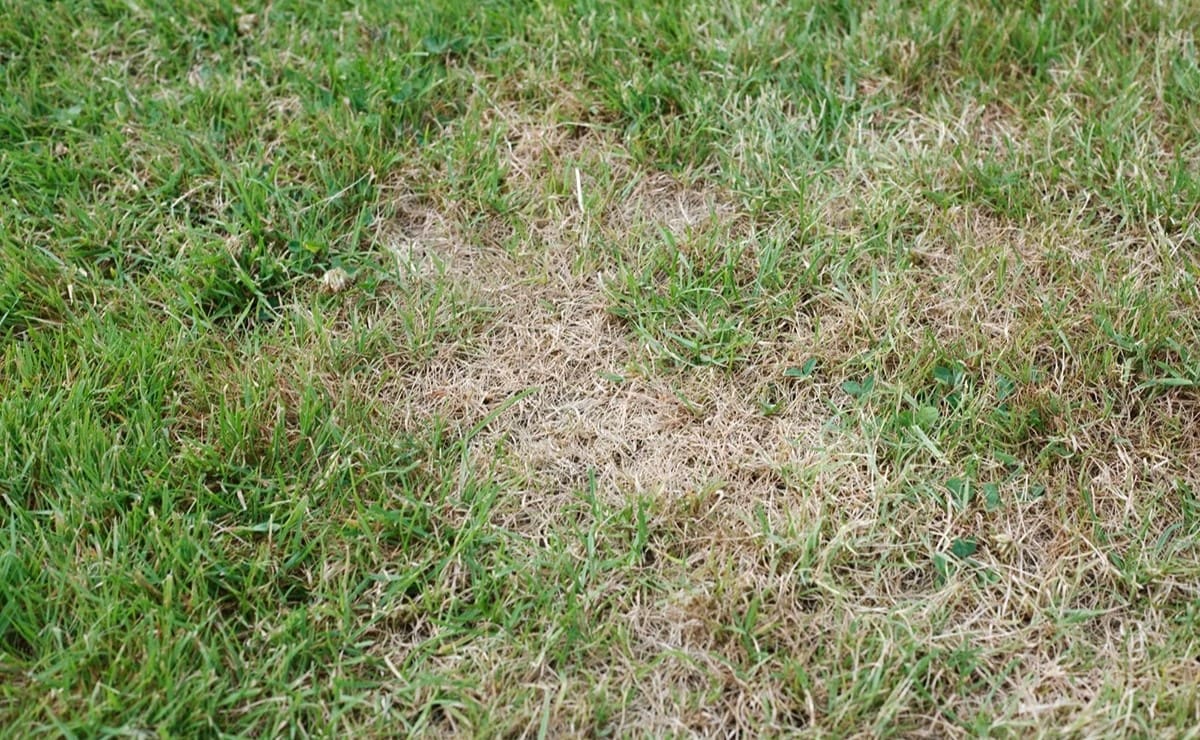

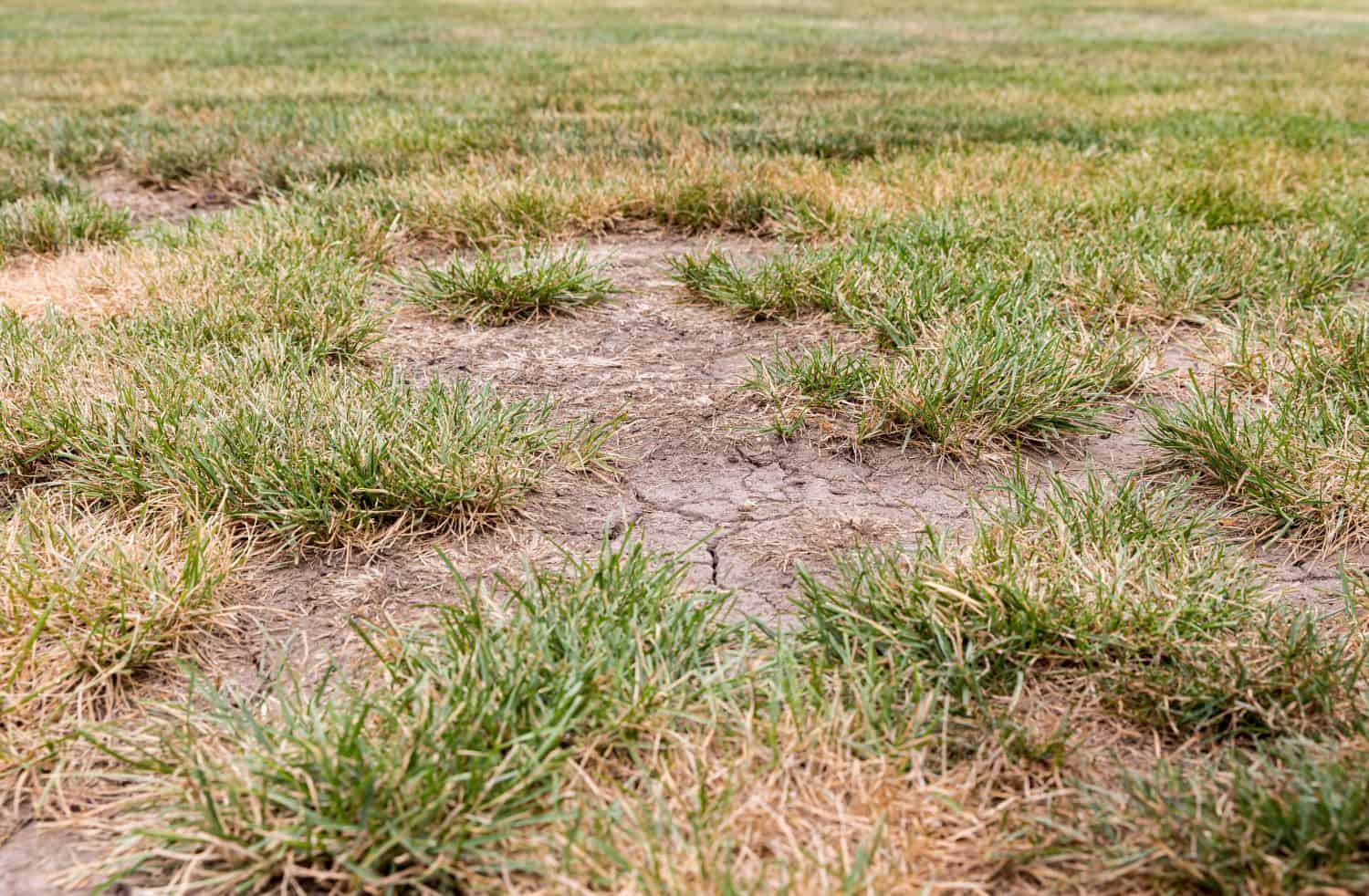
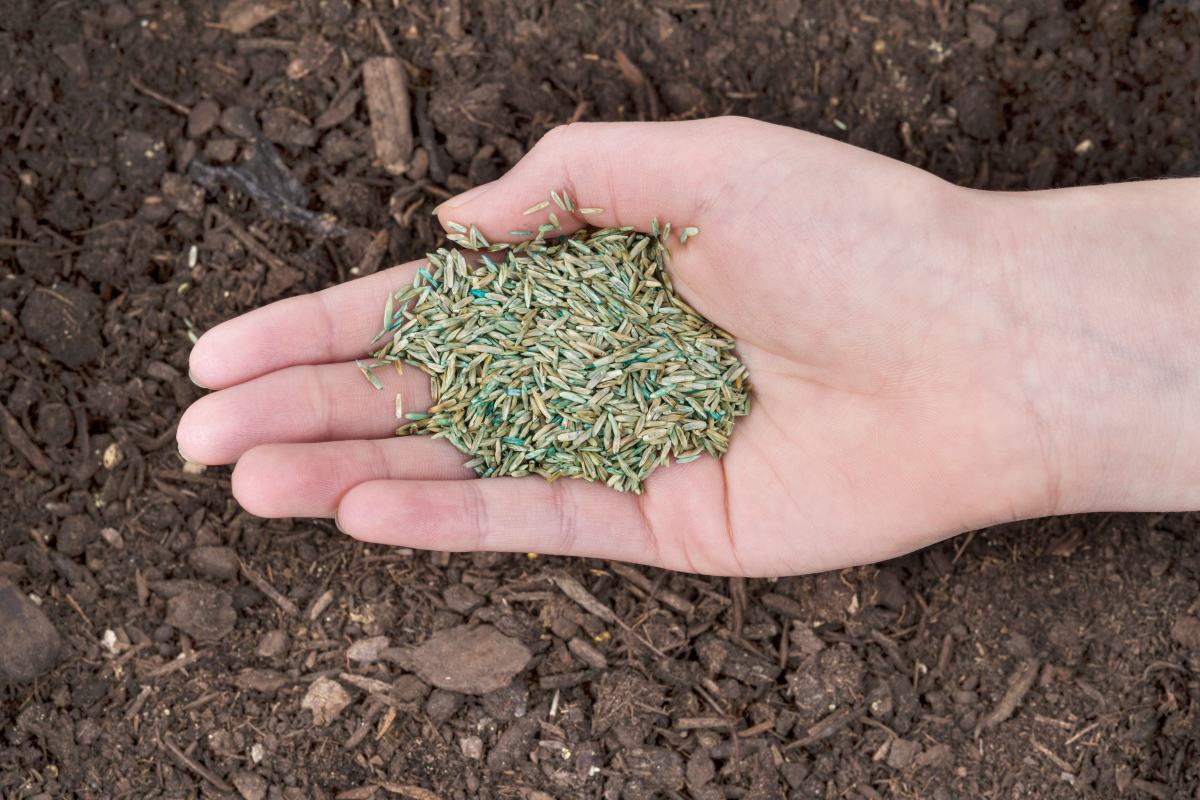
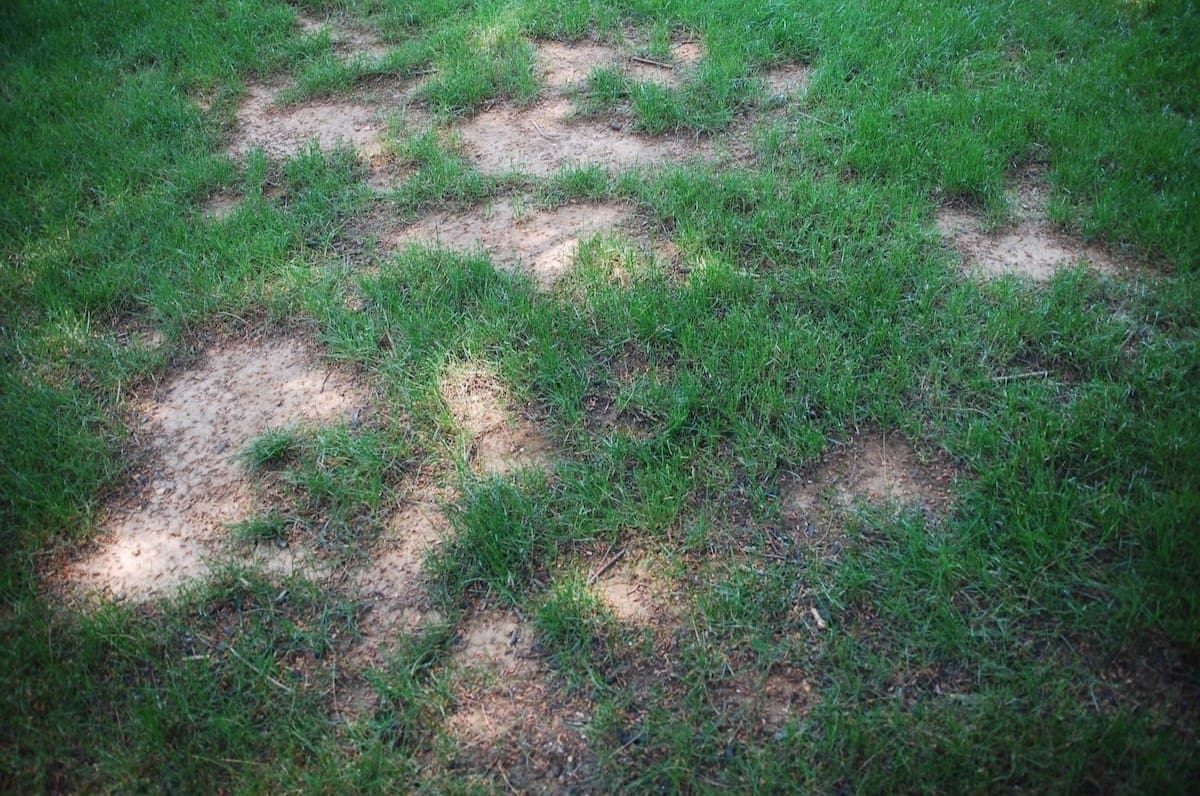
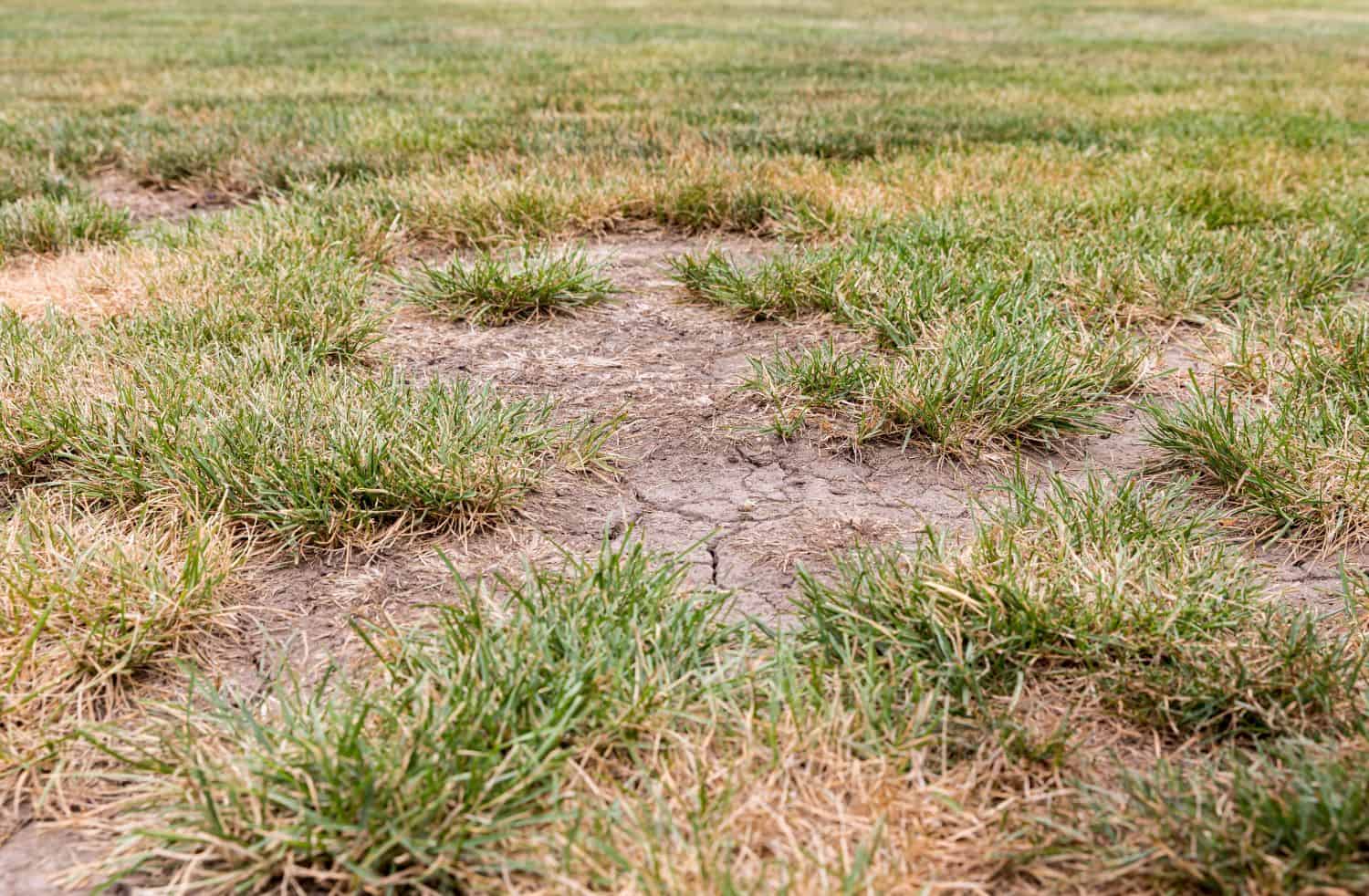
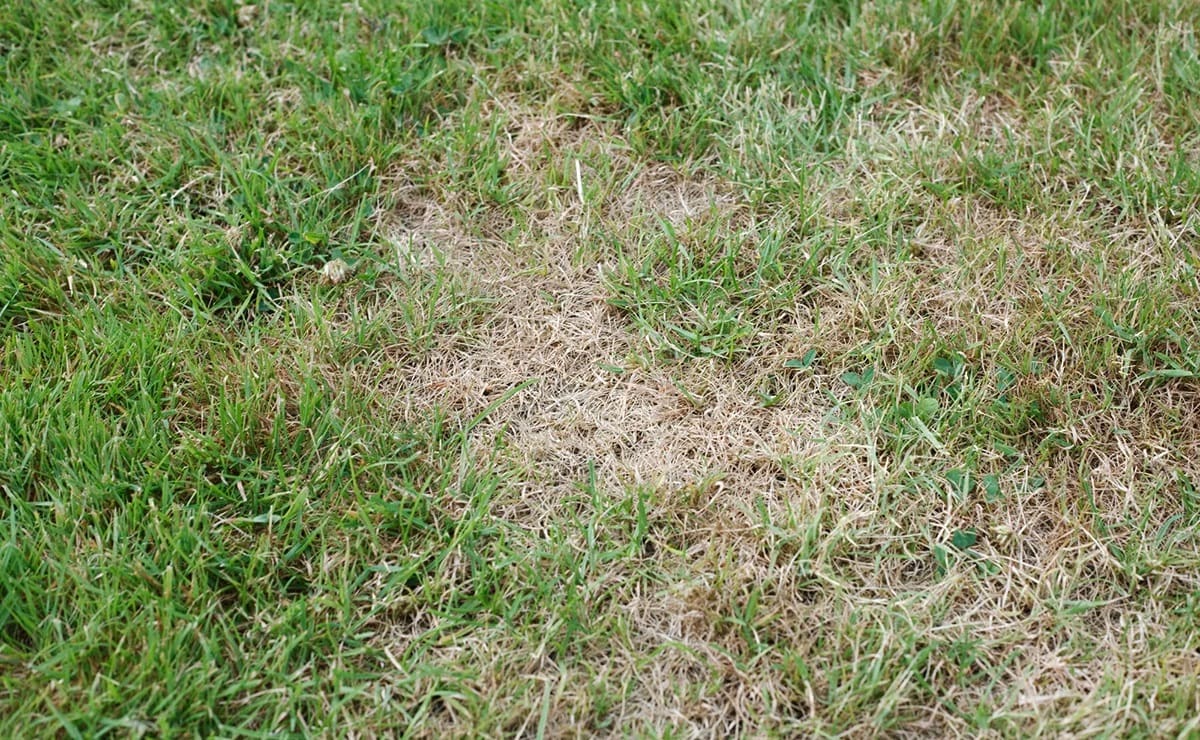
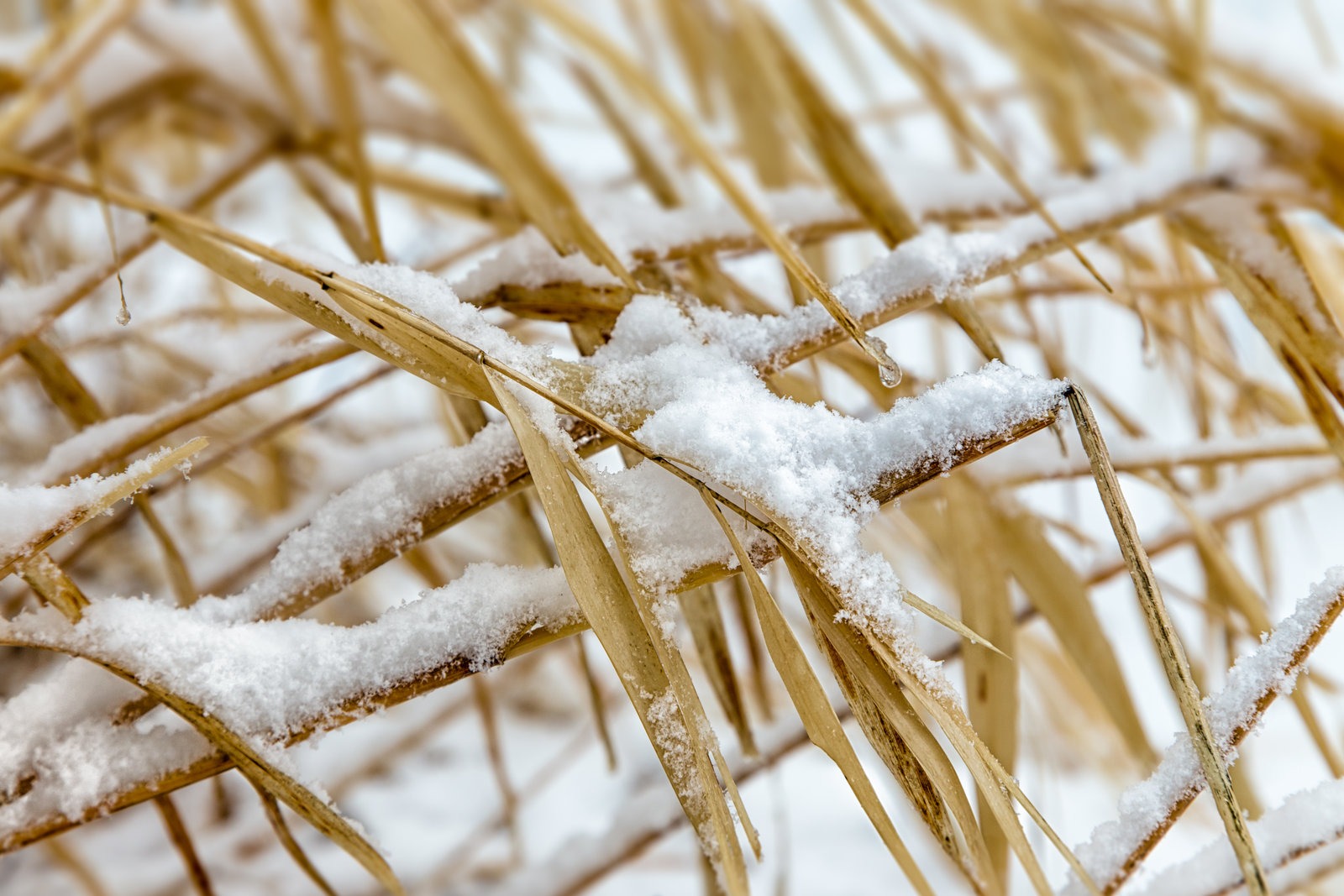
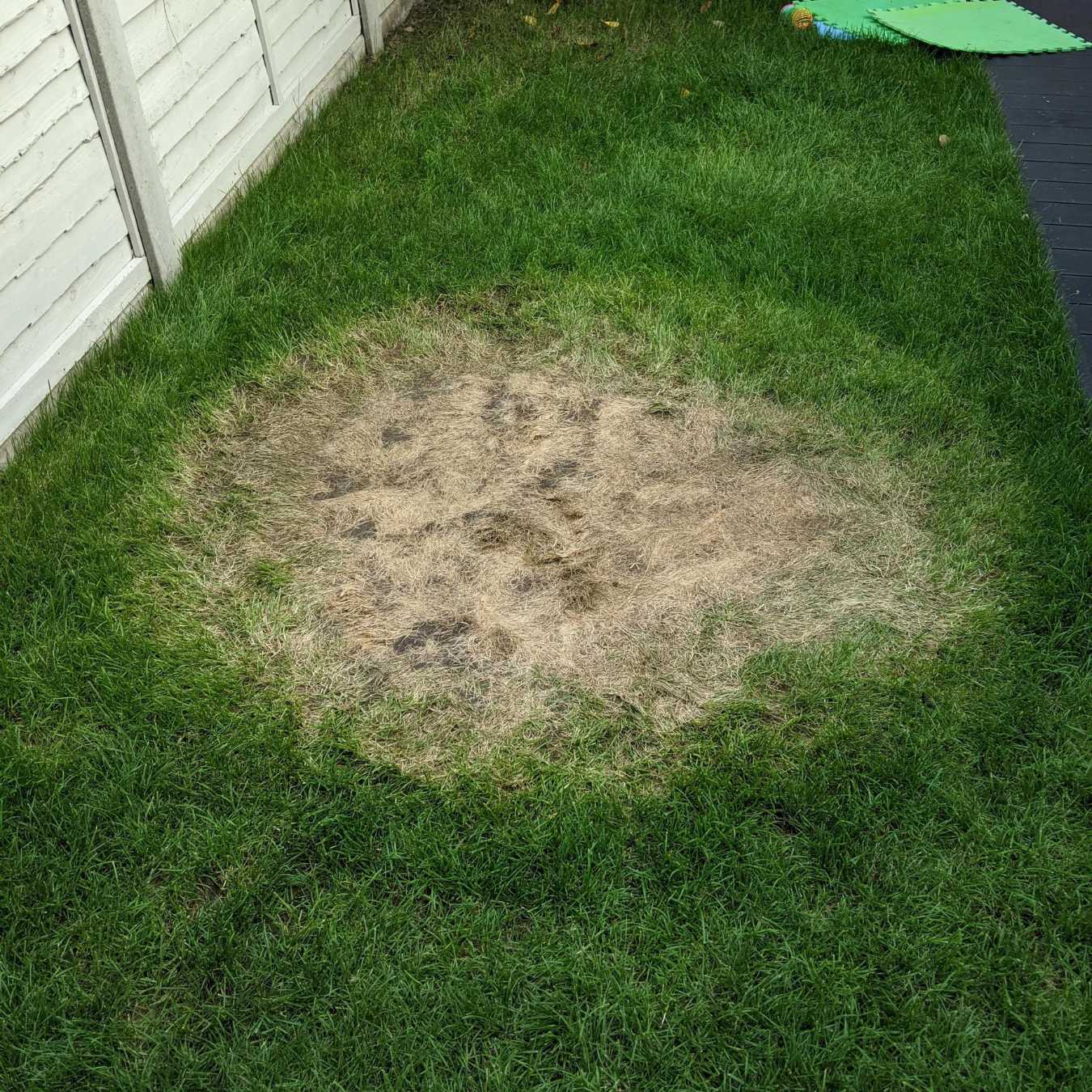
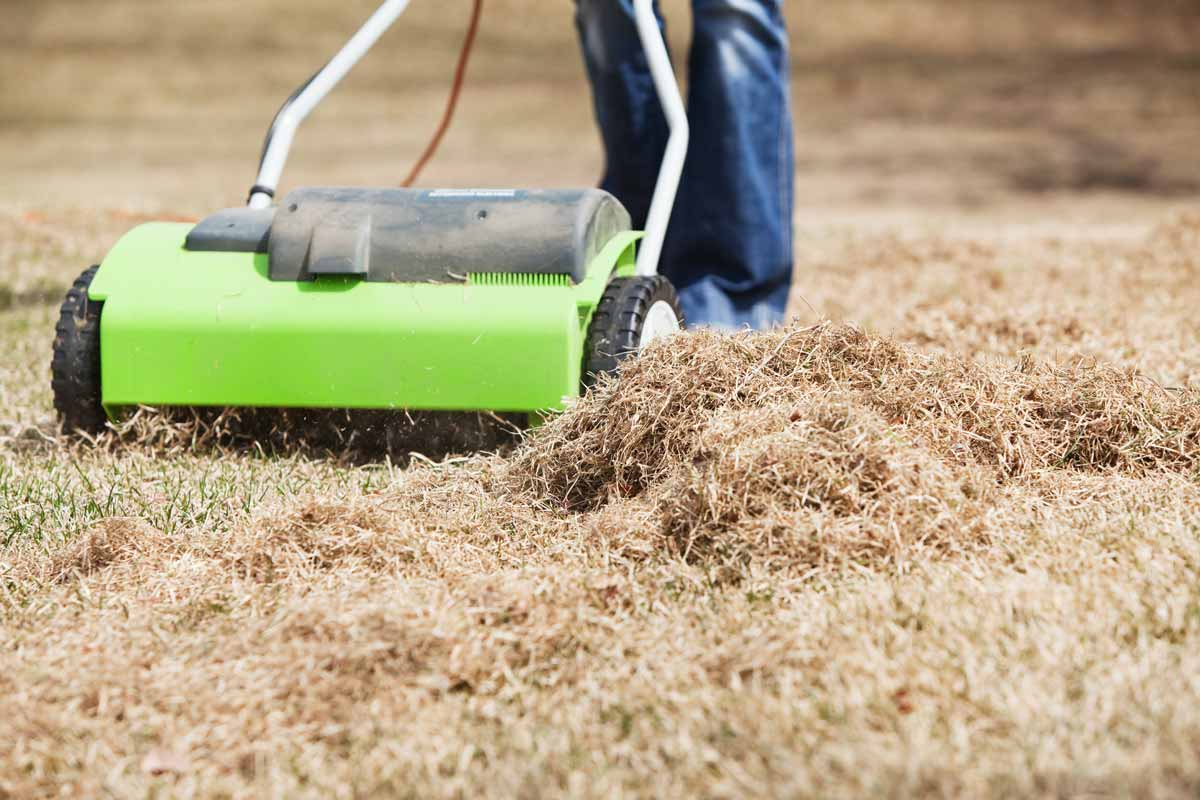
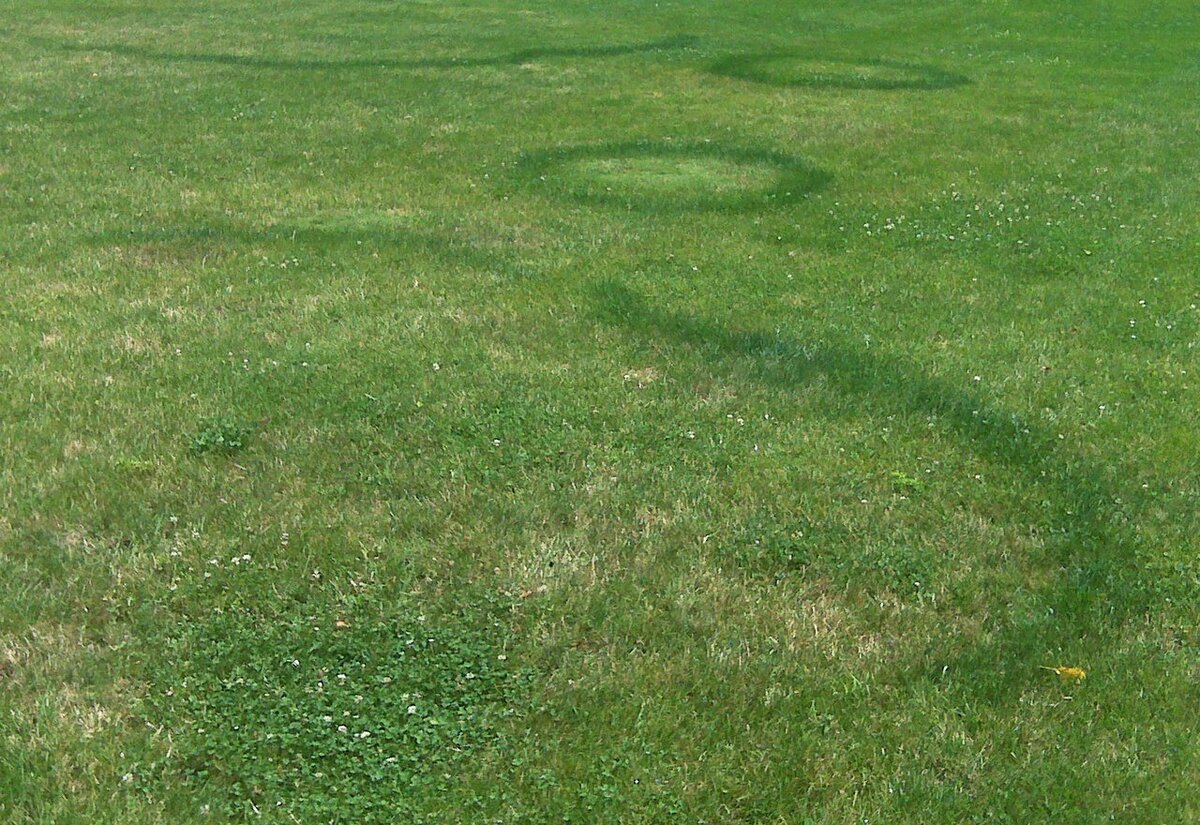
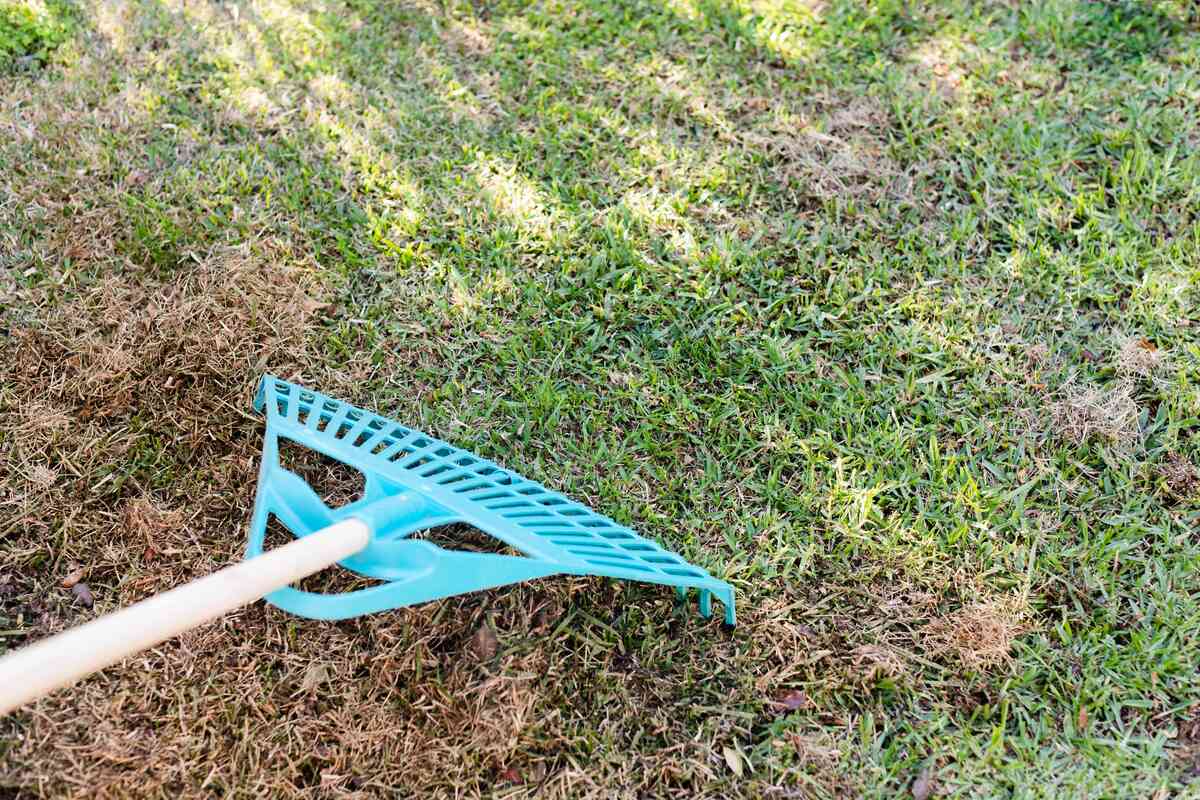
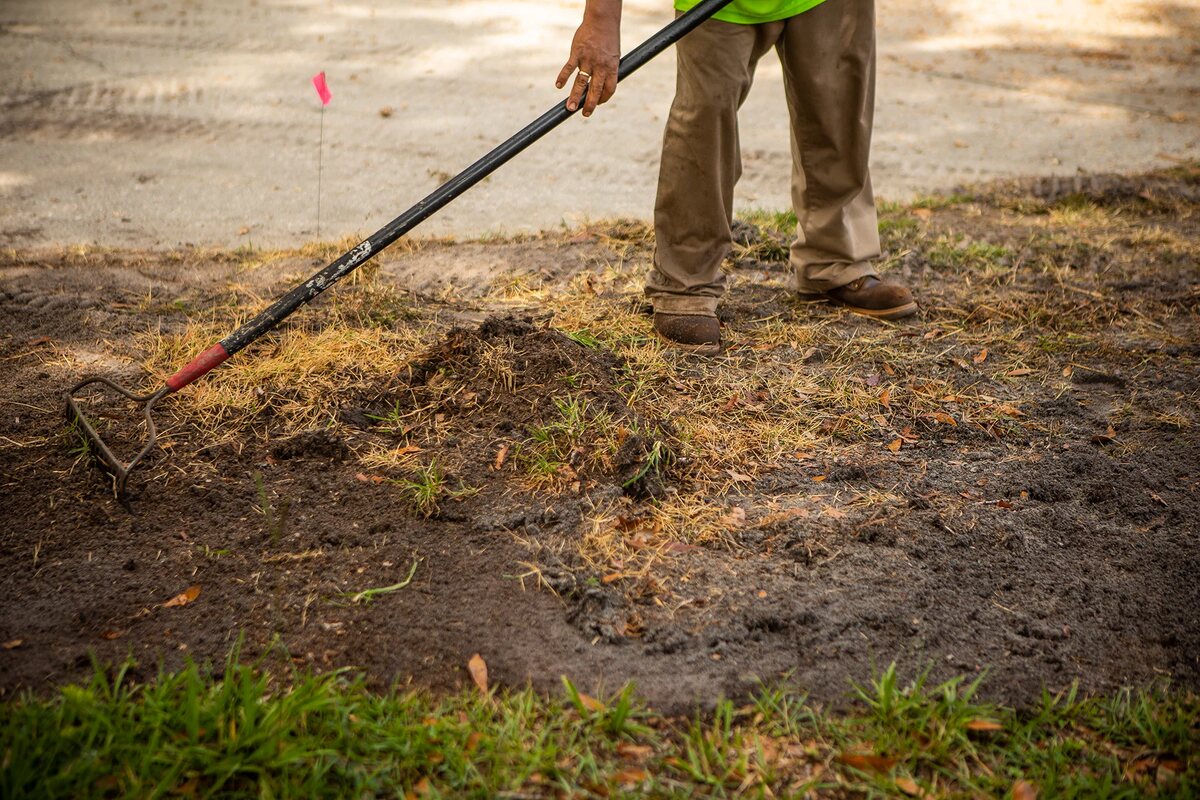
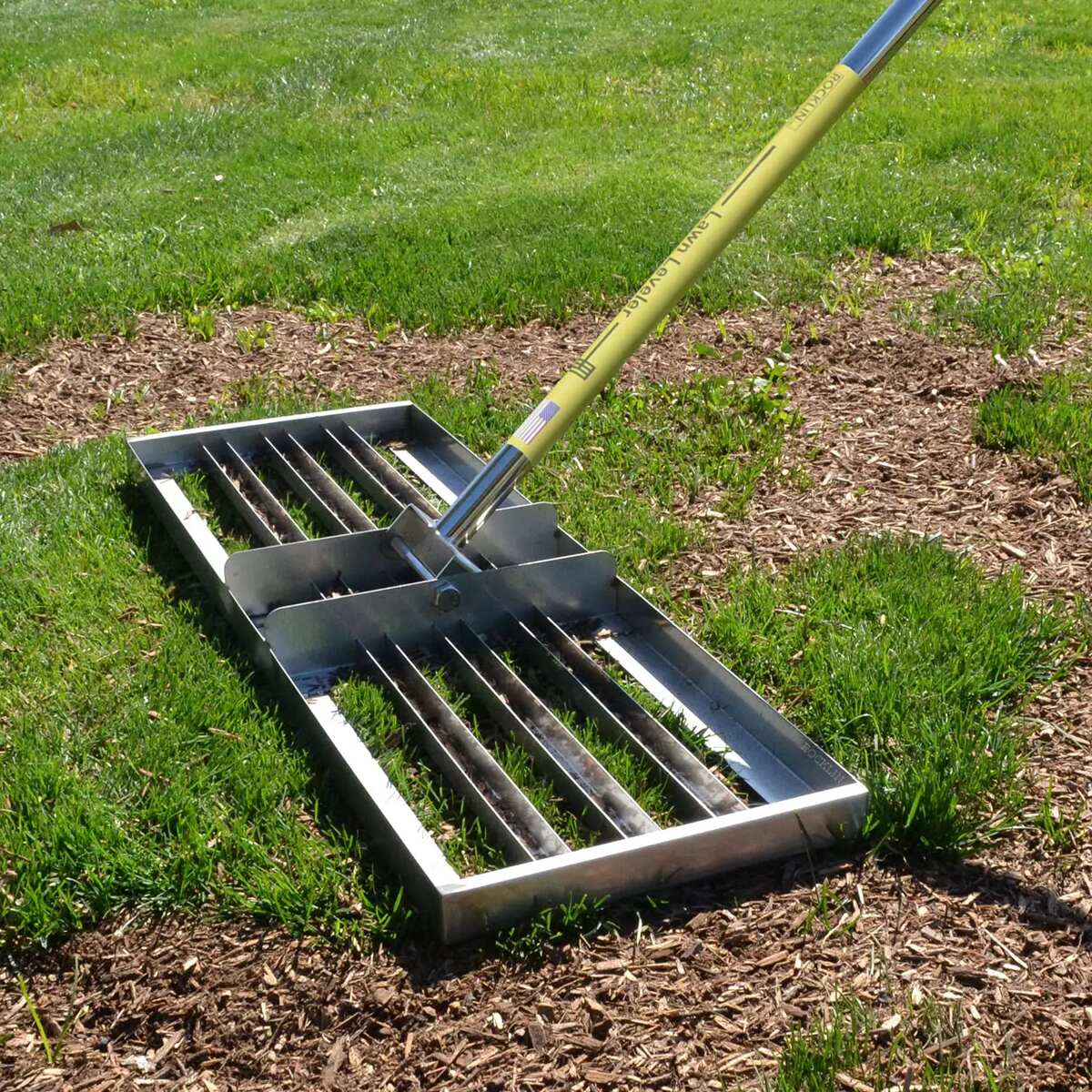

0 thoughts on “How To Tell If Grass Is Dead Or Dormant”